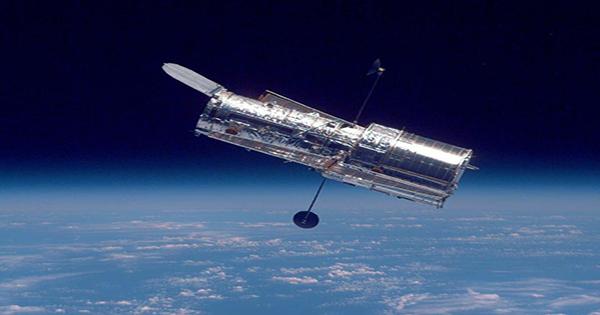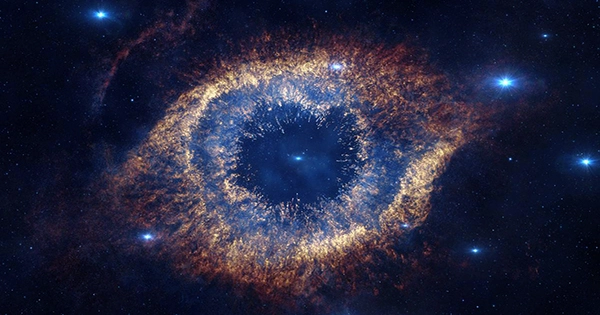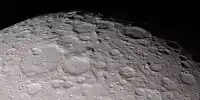On August 21, NASA will launch the Micro-X space telescope, which will have a 15-minute operational lifetime. It has just one subject to investigate during its brief stay above the atmosphere: Cassiopeia A, a supernova remnant.
Building more powerful telescopes or designing equipment that is expertly focused on a single task are the two ways to explore the universe in more depth than is now achievable. The Swiss Army Knife and the scalpel, according to one astronomer, were the options. The fact that so many examples of both are currently being built is an exciting aspect of our day.
The high-resolution microcalorimeter X-ray imaging rocket called Micro-X, scheduled to launch from White Sands Missile Range next weekend is one of the few examples of the scalpel approach in action.
Even on the summits of tall mountains, X-Ray astronomy is nearly impossible from the ground. The first clue we had about the quantity of X-ray sources came in 1949 following a brief rocket test because the atmosphere absorbs too many X-rays. Since then, numerous X-ray telescopes have been put in orbit to gather data from numerous sources, but NASA chose to go back to the original technique of exploration in order to comprehend Cassiopeia A.

According to project head Professor Enectali Figueroa-Feliciano, “The supernova remnant is so hot that most of the light it generates is not in the visual range.” “X-ray imaging is required, which is impossible from Earth.
It’s difficult to operate a telescope for the short period it spends above the atmosphere. The Micro-X rocket’s construction is a difficult task, according to Figueroa-Feliciano. “After it launches, the procedure must be entirely automated. It must automatically turn on, record data, store data, and relay data back to us. His Northwestern University students performed most of the work.
Since the detectors in Micro-X are superconducting, they must be kept only a few degrees above absolute zero (-273° C). The researchers put the telescope in a tank of liquid helium to combat the friction created as it passes through the atmosphere.
Even while this project will help the student participants develop their talents and may serve as a prototype, it’s unlikely that funds would have been provided if Cassiopeia A wasn’t a worthwhile topic for study. We are viewing it as it was fewer than 400 years after it exploded, making it a candidate for the youngest supernova remnant in the Milky Way. The Sun and the 14 nearest stars to the Sun would all fit inside, according to Figueroa-Feliciano, who observed that it had grown to a diameter of around 10 light years in that period.
Cassiopeia A is quite nearby to a supernova remnant at a distance of around 11,000 light years. This remnant is located in the Perseus Arm, an outlying spiral that contains many other remnants that are close to the galactic center and all the surrounding obscuring material.
Many surprising features of this significant site have already been uncovered by X-ray satellites and observatories that operate in other wavelengths. We only recently discovered that one portion of the remnant appears to be moving backward, maybe as a result of part of the shell colliding with a large object.
The first supernova remnant whose core was seen as Cassiopeia A, is a significant source of data on the elements produced in supernova explosions and has been duplicated in the tiny form in the laboratory. It may possibly be the solution to understanding the Fermi paradox.
Even a fleeting look with a new device employing the knowledge that this exploded star is one of those regions of the Milky Way where our electromagnetic measurements have been transformed into music could yield interesting data.














